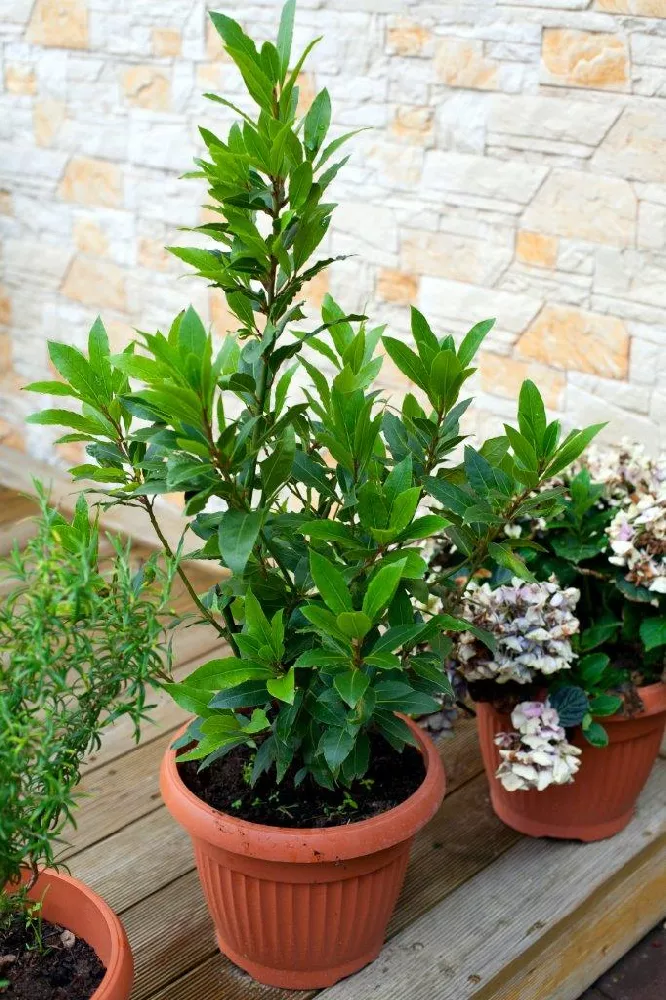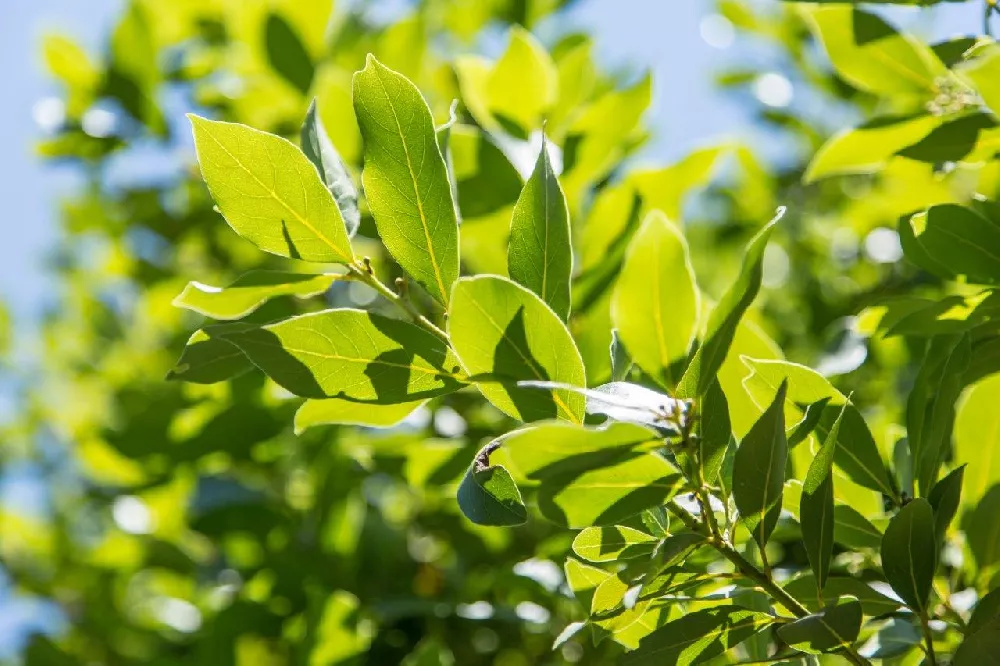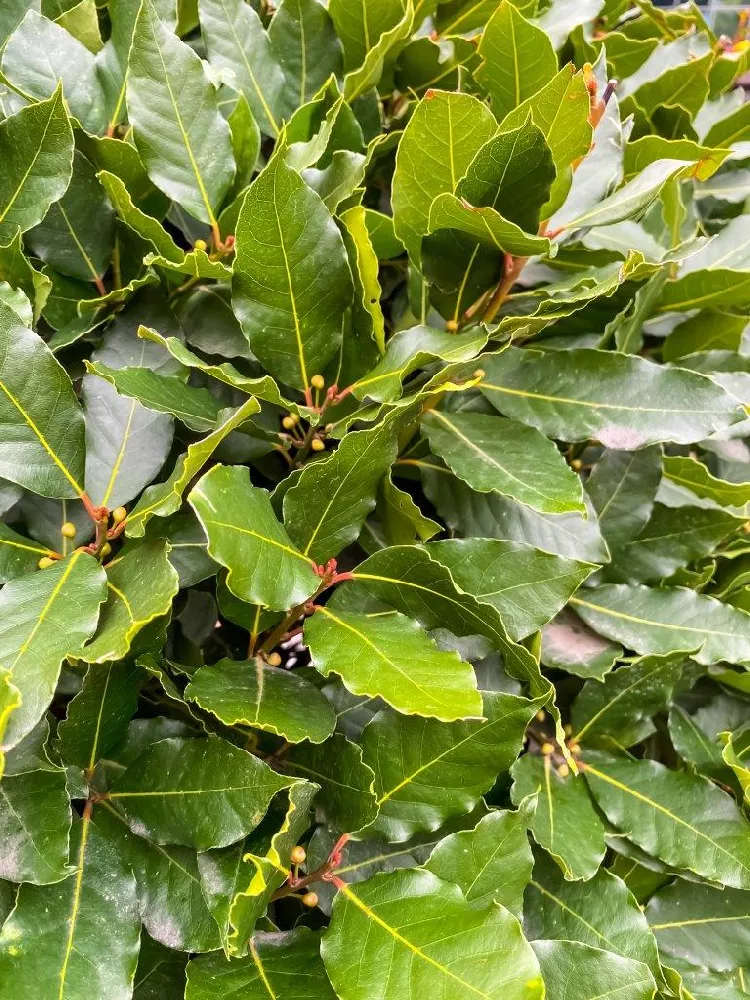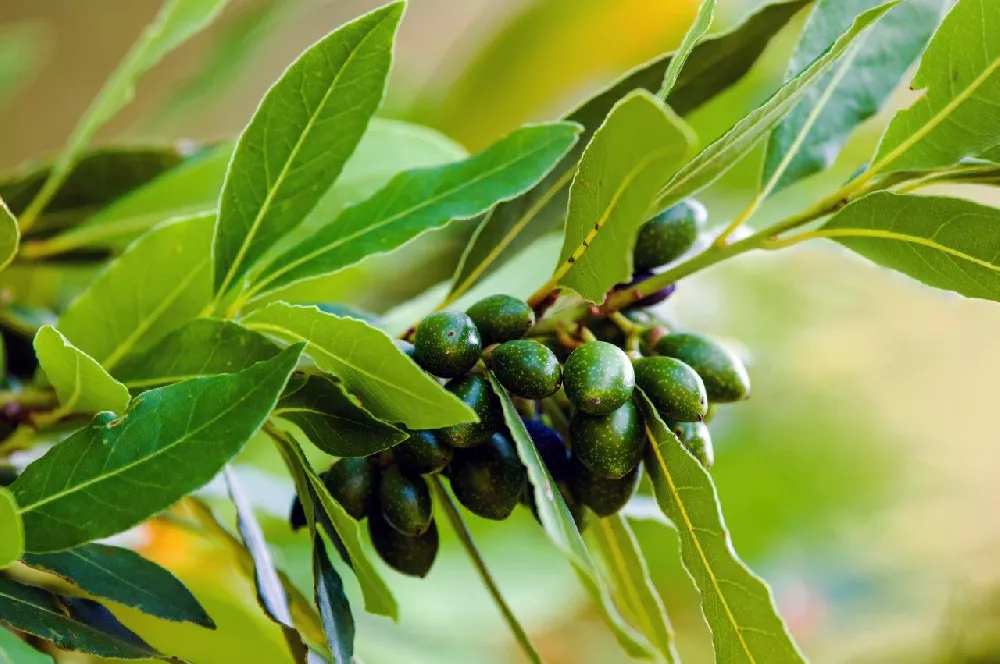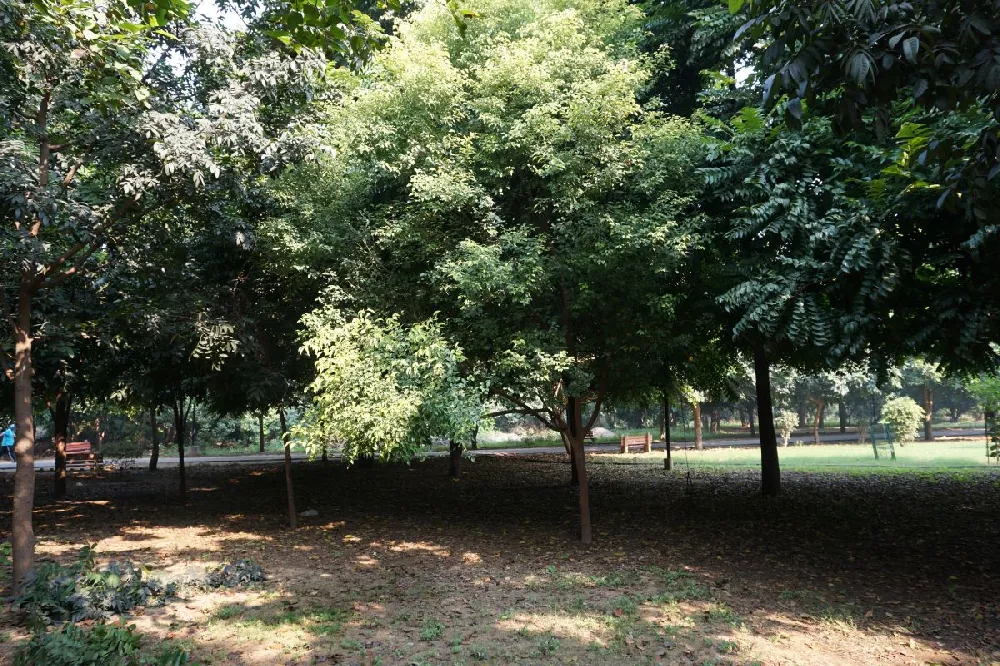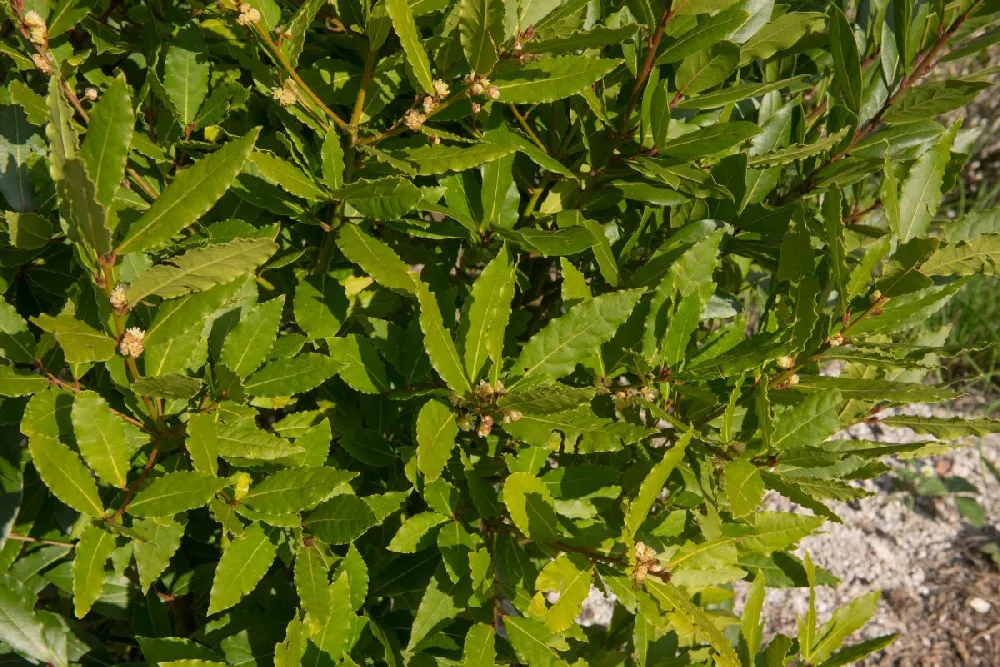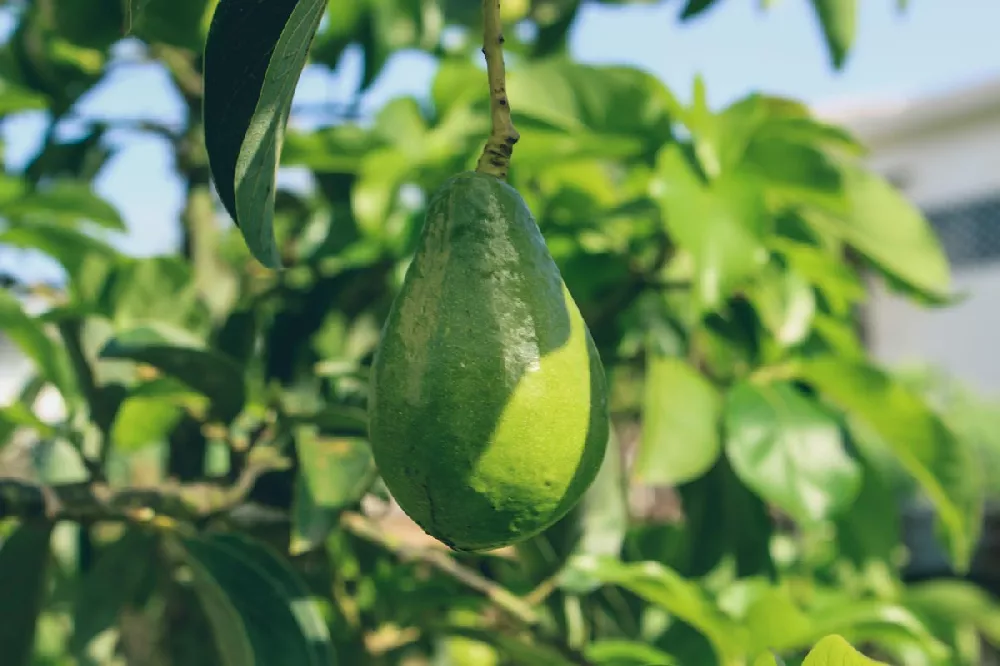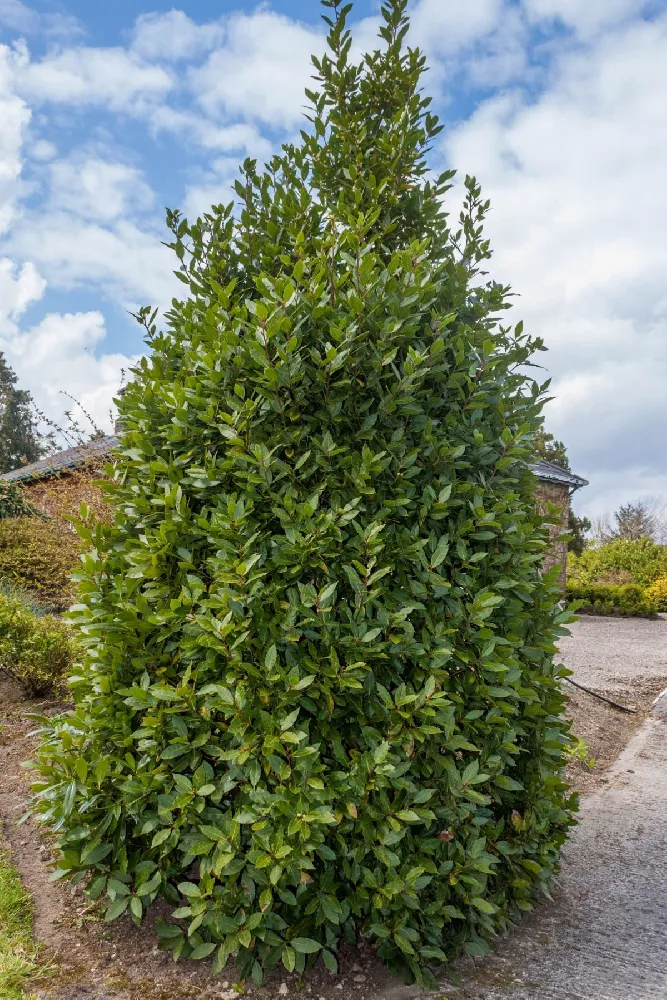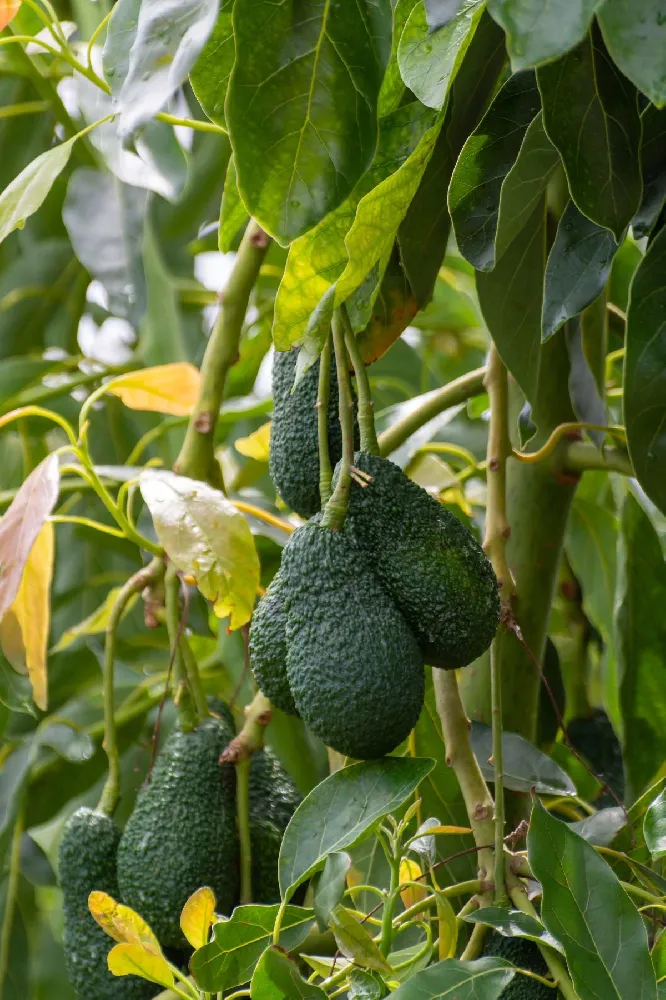- Home >
- Ornamental Plants >
- Bay Laurel Trees
Bay Laurel Trees for Sale - Buying & Growing Guide
- Ships in 1-2 days
- 1-Year Warranty Eligible
- Pots or accessories are not included unless specified in the product options.
Shipping Details:
Once your order is shipped, you’ll receive an email with a tracking number and estimated delivery date. Most orders ship immediately, but some items are seasonal and may only ship in spring or fall. These products are noted on the website.
Cooks are familiar with bay leaves as a source of flavor in soups, stews, and sauces, but the trees that produce them, bay laurels (latin name: Laurus nobilis, family: Lauraceae), are also noted for their ornamental qualities. An evergreen shrub that hails from the Mediterranean region, bay laurels are slightly temperamental when it comes to growing conditions. However, with the ideal conditions, these plants are welcome additions to any home garden. Other notable characteristics of bay laurels include:
- Intensely-flavored leaves which are ingredients in many dishes
- Useful as borders or screens in gardens
- Can be grown in the ground or in a container
Plant Care
Sunlight

Can grow in a range from full sun to partial shade. They need at least four hours of direct, unfiltered sunlight per day.
Watering
Regular watering schedule for the first six months. Once established, rainwater should be sufficient.
Fertilizing

Should not need any extra fertilizer unless your entire lawn and garden have problems and needs regular fertilizing.
Planting & Care
Planting instructions
Although bay laurels can tolerate brief dips in temperature, they thrive in warm climates and grow best in USDA hardiness zones 8-10. If you live in a colder climate, plant your bay laurel in a container so you can move it inside during the winter. You can plant bay laurels in a variety of well-draining soils. Incorporating sand or grit can help improve the drainage in your soil. If you are planting your bay laurel in the ground, allow several feet of space around it. If planting in a container, choose one that is at least five gallons.
Watering and nutrients
Bay laurels like to be kept in moist soil, but be careful not to overwater your plant. Overwatering can cause root rot and irreversible damage to bay laurels. Keep your bay laurel in well-draining soil, and only water the plant when the top one to two inches of soil are dry. Bay laurels may need to be watered more frequently during the summer months, as they are not drought tolerant. During the growing season, feed your bay laurel with organic compost or nitrogen-rich fertilizer about once every two weeks for optimal growth.
Pruning
As an ornamental tree, bay laurels can be pruned to almost any shape — spherical or pyramid shapes being the most popular. Young plants with few branches should be pruned lightly. Prune your mature bay laurel annually in late winter to keep it neat and to maintain the desired shape. Remove damaged branches and overgrown stems with sharp, clean shears. Prune no more than 25% each year.
Bay laurels can also be trained to grow as shrubs by allowing the suckers to develop into their own branches. To do this, prune back the stem lengths and keep the height low to encourage the plant to spread wider rather than growing upward.
Pests and diseases
Bay laurels are largely resistant to pests and diseases, although the sap in the tree does attract a few insects, namely aphids and psyllids. If your bay laurel is affected by either of these bugs, you can treat the infestation with neem oil. If you are harvesting your bay leaves for cooking, it’s important to use non-toxic insecticides to take care of any infestations. Another common disease is anthracnose, which can be cured by pruning away affected leaves and foliage.
Harvesting
To harvest, pick as many leaves as needed from mature plants. Bay leaves can be harvested all year round. If you are harvesting bay leaves from an outdoor plant, be sure to rinse or wipe them off before using them in order to remove any dirt or insects. Cooking is the most common use for bay leaves. Adding bay leaves to soups, stews, broths, sauces, and casseroles can give those dishes a subtle bitter or minty flavor that keeps them from being too heavy. Bay leaves can also be used in medicines and essential oils.
FAQs
How do you propagate a bay laurel?
Are bay laurels toxic to animals?
While humans frequently use bay leaves in cooking, the herb can be toxic to animals when consumed in large quantities. Animals affected by bay leaf toxicity include dogs, cats, and horses. Symptoms of poisoning from bay leaves include diarrhea and vomiting. Bay leaves are not toxic to humans, but they are typically removed from dishes before serving because they do not break down while cooking and can be a choking hazard.
How large do bay laurel trees grow?
Left unpruned, bay laurels can grow quite large, around 50 to 60 feet high, although on average they reach a mature height of 20 to 25 feet. Retaining the central leader will encourage height. However, this is a very malleable tree and can be kept much smaller, particularly if you want to use it as a border or screen in your garden. Container-bound bay laurels will typically reach a mature size of five to six feet. Bay laurels grow slowly, usually at a rate of a few inches per year.
Do bay laurels like sunlight or shade?
Native to the Mediterranean, the bay laurel is accustomed to living in bright sunlight, although they will also do fine in partial shade. When choosing a location for your bay laurel, find a spot that receives plenty of sunshine but also has some protection from strong winds, which can damage these plants. If you are growing a bay laurel indoors, place it in a south-facing window to get maximum sun exposure.
Are bay laurel roots invasive?
Yes, bay laurel trees have extensive root systems that can be invasive. If you are planting a bay laurel in the ground, be sure you plant it a reasonable distance from your home or any other structures. Do not plant bay laurel trees near a swimming pool or sewer lines, or on top of a septic tank. If you are concerned about invasive roots in your yard, it may be best to keep your bay laurel in a container.
Compare Similar Products
Customer Reviews
 Better than expected
Better than expectedLove my new bay laurel. Arrived in perfect condition even though shipper delivered upside down. It's thriving now and I couldn't be more satisfied.
 Bay laurel nice, Meyer lemon not so nice
Bay laurel nice, Meyer lemon not so niceI bought a bay laurel and a Meyer lemon Bush. The bay laurel was nice and bushy but the Meyer lemon came without a pot, had been staples into the packaging, and the top was broken. The plant itself is crooked and not really a bush yet, it has only a couple of branches, but I am hoping for the best.
 My Bay tree
My Bay treeI am delighted with this tree. It has settled in well and is flourishing, with fresh growth already evident. It arrived in perfect condition. Thank you for your professional service.
 Happy Tree
Happy TreeThe Bay Laurel arrived well packaged and taken care of. It looks healthy and happy in it's new home!
 Great experience
Great experienceI would never have thought to buy a tree on line until I couldn't find a bay tree at my local nursery. The tree arrived in a box, much like any other package, but it was wrapped in a way to retain moisture during shipment. The tree was exactly as advertised, and is so far doing beautifully.
 Very nice plant
Very nice plantI was very pleased with my bay Laurel. It is a very healthy plant in perfect condition.
 Really love it
Really love itGreat purchase. Plant is doing really well.
